SOMALILAND HA NOLATO (Long Live Somaliland)
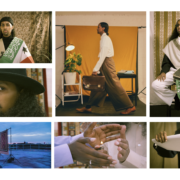
A Somaliland fashion film and documentary as a way to honour Somaliland’s 30th independence day which was on May 18th.
We decided to create a Somaliland fashion film and documentary as a way to honour Somaliland’s 30th independence day which was on May 18th.
Normally Qasim would attend the annual event in London and had plans to go to Somaliland this year but due to the pandemic, Qasim had to find a creative way to celebrate.
‘Somaliland Ha Nolto’ (Long Live Somaliland) is a two-part series showcasing Somaliland in all its glory, with a success story as a peaceful, safe, and loving country that should be recognised, praised, and considered by the UN.
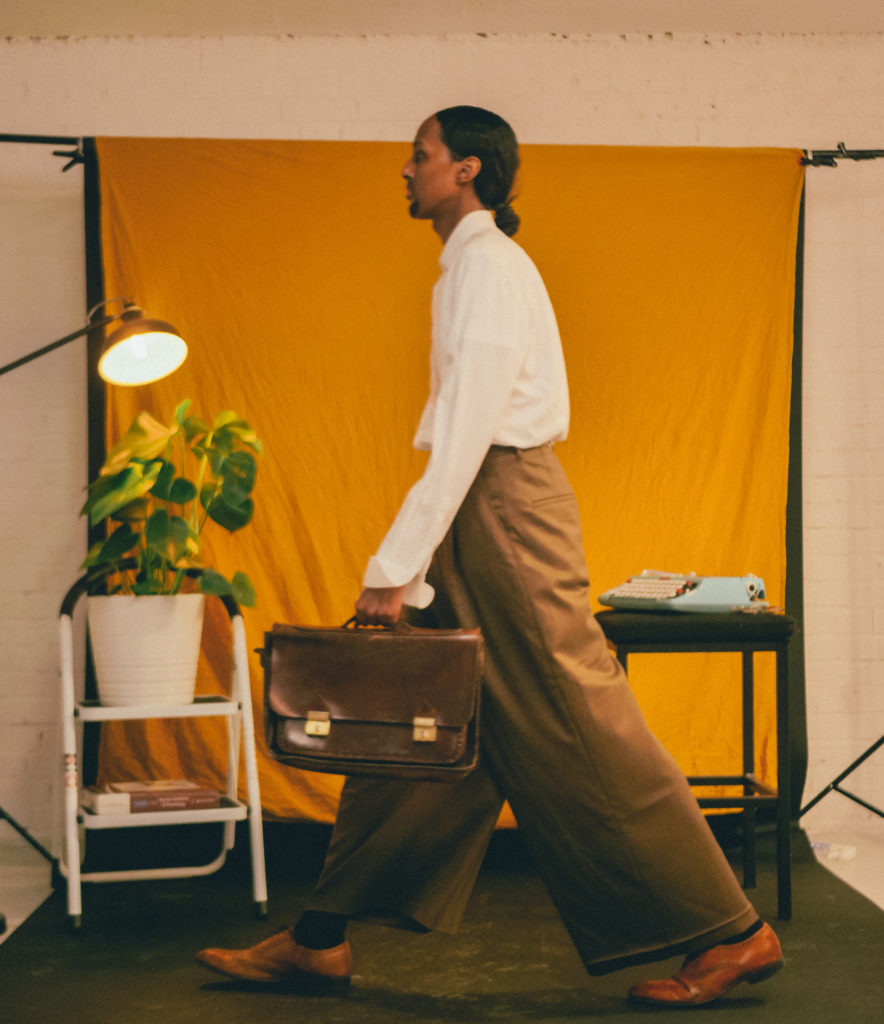
Kasim on what the project means and the importance of recognition.
In the last year or so, many of us who happen to be minorities have been taking some time to reflect on our identities and how our experiences have shaped us. I was born and raised in the U.K but I’ve always had a love and appreciation for my culture and language.
But naturally, I felt like there were some parts of it that I was missing. I grew up watching all the Somali films from the ’80s-’90s I could get my hands on and I’ve listened to a lot of the music and poems from that time period too and I really found a lot of joy in rediscovering how artistic and how proud Somalilanders were during that time. I wanted to take inspiration from that and infuse it into this fashion film and also into my future projects to share what I’ve found with others.
Somaliland declared independence in 1991 after the 1988 genocide. There is still a lot of pain that is quite fresh and the idea of being a proud Somalilander can become quite political to some. That was not my goal at all. Although I think it is important to acknowledge the history, I believe there is a lot more yet to be explored about our independence and our national identity. The music, the poetry, the fashion, the swag, and the feelings of determination of that time period deserve more attention. Most if not all countries have some tragedy that is part of their “origin story,” ours is just very recent and we are still healing from that; however, as many other Somali’s will tell you there is a lot more to what it means to be from Somaliland.

I chose to show this by creating a visual representation of the three biggest cities Hargeisa, Borama, and Burco, and what they’re known for. Somalis in general are known for being poets but Hargeisa, which is the capital of Somaliland, is actually known for being “the home of music and poetry” and it was a hub for some of the best Somali musicians and performers from all over. It is also the home of the world’s largest collection of Somali music even today.
I wanted to highlight that while shining a light on the other cities too. Every city in the U.K has its own distinct vibe and we know being a Londoner is very different from being from Manchester or Liverpool etc, Somaliland is no different so I wanted to give each city a shout-out. I hope my fashion film was a slight glimpse into the past, the bright future ahead, and a sneak peek into the rich culture of my home away from home.
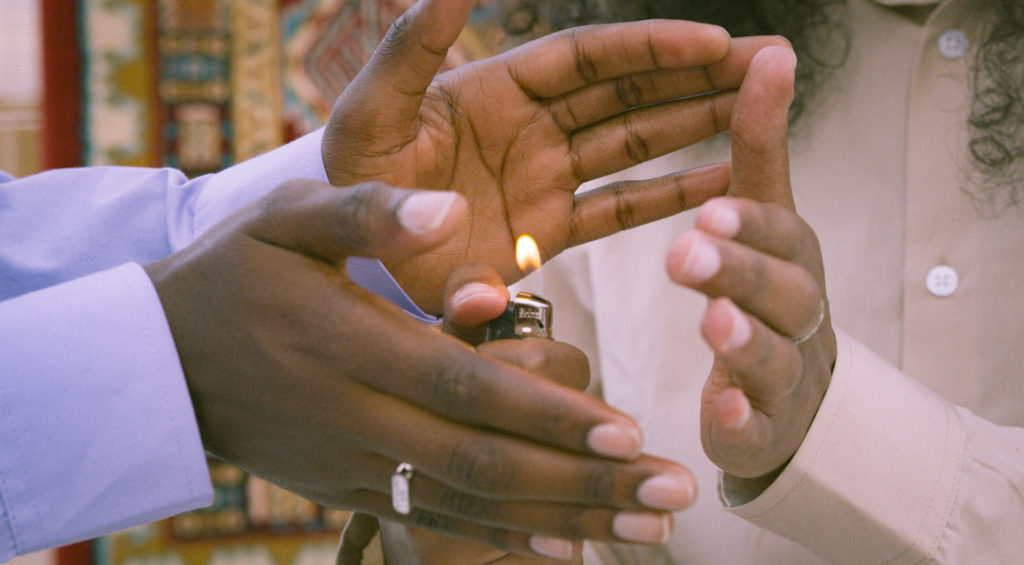
Hallie on how we collaborated and what I’ve learned.
Before Qasim approached me with the idea to create something for Somaliland Independence day, I can’t lie, admittedly I didn’t even know the difference between Somalia and Somaliland.
The problem is that I’m not the only one, and that’s why sharing and celebrating an African story like this is so important.
Initially, we came up with the idea just to produce some photography of Qasim in different outfits that represent 3 out of 6 regions in Somaliland, through his interpretation.
Borama – The capital city of Awdal, where the peace of Somaliland was said to be restored.
Hargeisa- Capital city of Somaliland and the home of music and poetry.
Burco – Home to the largest livestock market in Africa and where Somaliland declared its independence
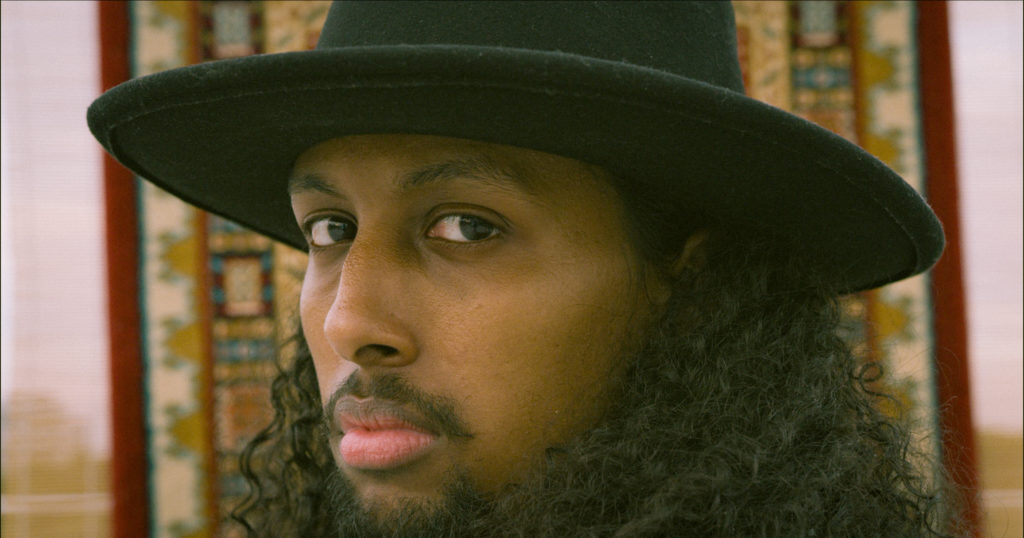
With my film background, however, I always end up wanting to push to have moving visuals alongside anything I do, which gave me the incentive to create a fashion film that is now part one.
The music Hobaa layoow heedhe by Sahra Halgan Trio blasts loud and proud in its patriotism. The lyrics are chanting and singing.
“The history of our clan is unmatched and unforgettable
The west of Hawd that is my mother
Where we started our revolution and fought to reclaim our lands
Where our hero’s died and were killed by heavy artillery”
This was a lot of fun, but I was curious to know more. I wanted to learn about the history that led to the peace of Somaliland, which was what gave us the idea to create part 2, the documentary.
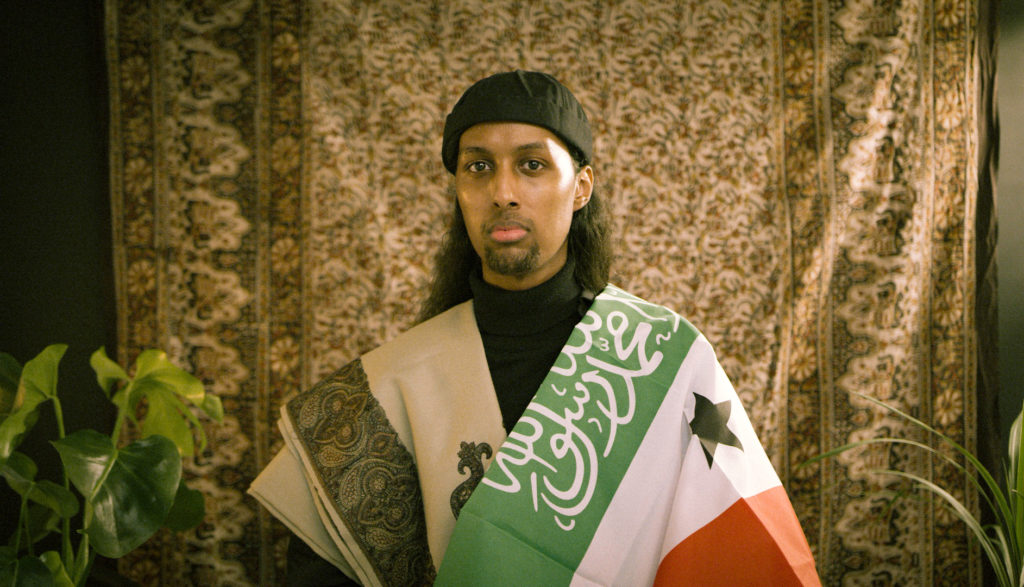
Really, this whole project to me was a big history lesson, full of twists and turns, and new discoveries. Working with Qasim to produce something that felt authentic to how he interprets his country’s history, but also how I as the filmmaker could try and capture what he was teaching me and the viewers at home.
At the start of the documentary, I say “hold still”, before I take a photo that launches into the film. It’s sort of a way of me saying I’m ready to listen, and we’re ready to share this story.
I would say this project has stretched me so far as a rising multidisciplinary artist and on set as one-man-band filming, scripting, editing, directing, and set designing with Qasim to create something that we wanted to create.
It was a series of shooting his story on a whim with no prior planning, and going back, reviewing the footage, and crafting added parts to make it feel more like a story, shooting anything and everything that we felt could help drive it.
Initially, I was afraid I had bitten off more than I could chew, but in the end, I’m very grateful he trusted me to help him do this.
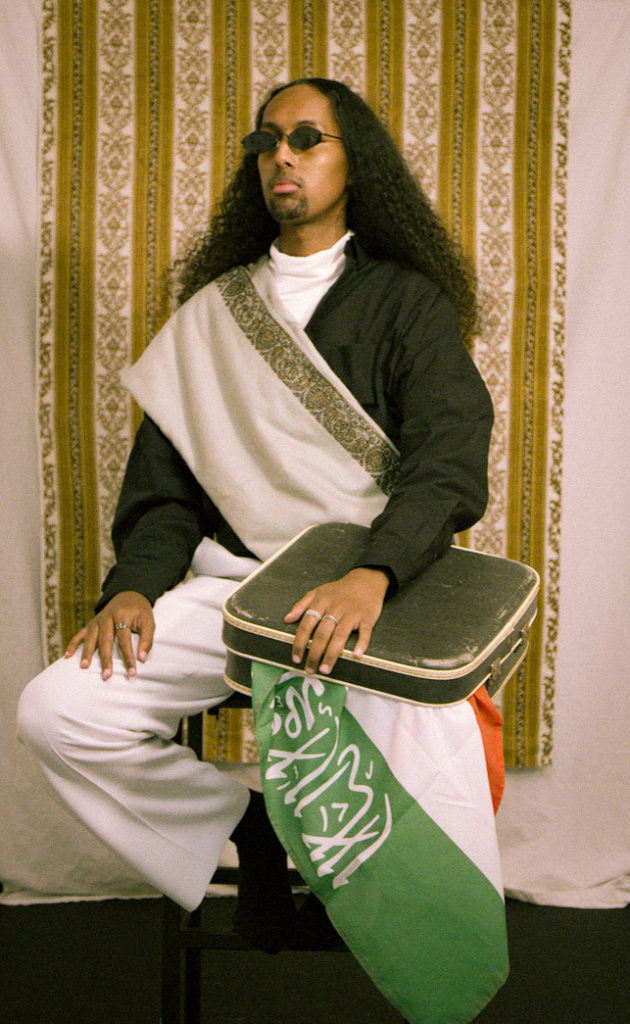
We created Somaliland ha Nolato film and documentary because we felt that people are missing out on the rich history and culture of Somaliland and can learn alot from the success story that it is today. Somaliland has sustained itself for over 30 years with minimal international aid and has managed to attain stability, democracy, peace and trust which is now being noticed by the rest of the world.
I’d love to see my generation put up the same fight as our parents did and grandparents did and contribute to the progression of Somaliland. We would love for our story to be pushed to larger audiences and for it to reach every community so that they can be educated about Somaliland. So they can learn that Somalis are not what they have been taught, but that we are people who have fallen but have gotten back up and now leading by example.
People can learn a lot from the history of Somaliland. From what not to do and what you should do. We have captured the essence of Somaliland and we hope that you enjoy our film and documentary as much as we did creating it.
Check out the GUAP Arts & Culture section, to discover new art, film, and creative individuals.




![ZINO VINCI’S ‘FILTHY & DISGUSTING’EP BRINGS YOU TO THE CORE OF THE ARTIST [@ZinoVinci]](https://guap.co/wp-content/uploads/2023/10/Zino-4.jpg)

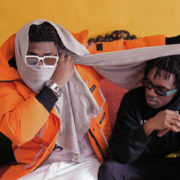


![Remel London’s [@Remel_London] “Mainstream” is a must attend for upcoming presenters!](https://guap.co/wp-content/uploads/2017/02/REMEL-LONDON-FLYER-FINAL-YELLOW-COMPLETE-1.png)